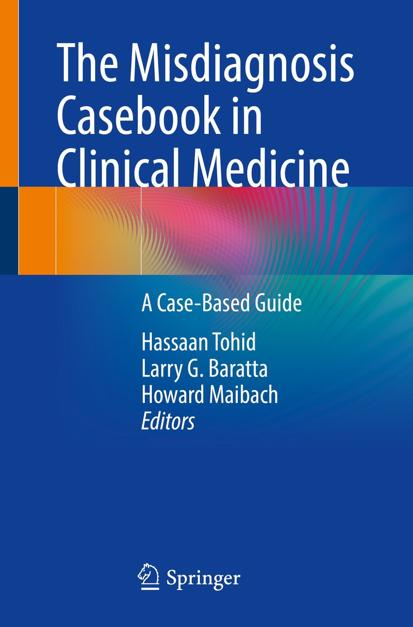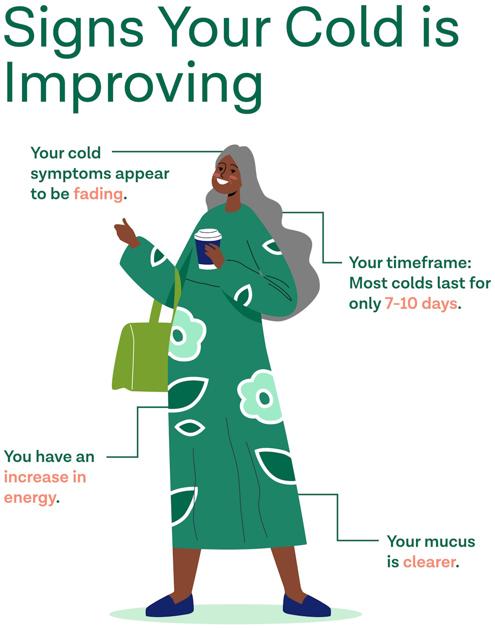Decoding the Symptoms: What Your Body is Telling You
Understanding Your Body's Signals and How to Respond

Frequently Asked Questions
The first steps include paying attention to the symptom patterns, keeping a record of when it occurs, and any other accompanying symptoms. It's crucial to consult a healthcare professional for proper evaluation.
Consider the duration, intensity, and frequency of the symptoms. If they persist, worsen, or are accompanied by alarming signs (like severe chest pain, difficulty breathing, or fainting), seek immediate medical attention.
Step by Step Guide
1
Introduction to Body Symptom Interpretation
Begin by recognizing that your body communicates through various symptoms. Just like how a light on your car dashboard lights up to indicate a problem, your body uses symptoms to signal that something might be wrong or that it needs attention. The first step in decoding these symptoms is to acknowledge that they are not just nuisances but important messages.
2
Identifying Common Symptoms
Learn about the common symptoms people experience, such as headaches, fatigue, chest pain, shortness of breath, and changes in appetite. Understanding these symptoms will help you recognize them in your daily life and understand their potential implications.
3
Understanding Headaches
Headaches can arise from various causes including tension, dehydration, or improper posture. Develop an understanding of the different types of headaches (e.g., tension, migraine, cluster) and what they might indicate about your health.
4
Recognizing Fatigue
Not all tiredness is the same. Distinguish between everyday fatigue and chronic fatigue, which can signal underlying health issues such as anemia, thyroid problems, or sleep disorders. Learn ways to assess your energy levels.
5
Decoding Chest Pain
Chest pain can stem from many sources, including anxiety, digestive issues, or heart problems. Discuss the importance of not ignoring chest pain and the circumstances under which you should seek immediate medical advice.
6
Understanding Shortness of Breath
Learn to differentiate between occasional shortness of breath due to exertion and persistent issues that may indicate respiratory or cardiovascular conditions. Discuss potential causes and the need for professional evaluation.
7
Chronic Symptoms and When to Seek Help
Identify symptoms that persist over time and might indicate chronic illnesses. Discuss the importance of tracking these symptoms and consulting healthcare professionals for comprehensive evaluations.
8
The Role of Diet and Nutrition
Explore how what you eat can affect various symptoms. For instance, certain food intolerances can lead to digestive issues, headaches, or fatigue. Learn about the importance of balanced nutrition in maintaining overall health.
9
Exercise and Physical Symptoms
Understand the benefits of regular exercise in alleviating symptoms like anxiety, depression, and fatigue. Discuss how exercise can act as a natural remedy for some conditions.
10
Mental and Emotional Health Experts
Acknowledge the link between mental health and physical symptoms. Learn about common signs of stress or mental health disorders and their physical manifestations. Discuss when to see a mental health professional.
11
Creating a Symptom Diary
Learn how to track your symptoms effectively using a symptom diary. This can help identify patterns, triggers, and managing health conversations with your healthcare provider.
12
Consulting with Health Professionals
Emphasize the importance of seeking professional advice when symptoms arise. Discuss types of healthcare professionals you might consult (general practitioners, specialists, nutritionists, therapists) and what to expect during a consultation.
13
Prevention and Wellness Practices
Discuss lifestyle choices that promote health and can help prevent symptoms from arising, such as stress management techniques, regular check-ups, and maintaining a healthy work-life balance.
14
Empower Yourself with Knowledge
Encourage readers to educate themselves about their bodies and symptoms they may experience. Provide resources for further reading and support groups they can engage with.
15
Conclusion
Sum up the journey of decoding bodily symptoms. Reinforce the idea that paying attention to what your body says is key to overall health and wellness.








